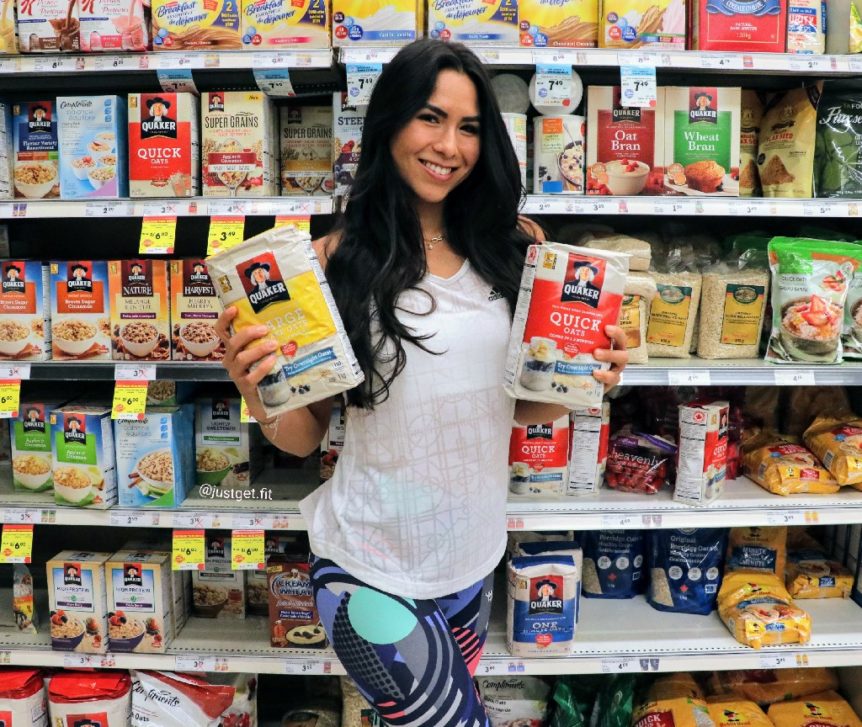Grocery shopping tip! If you are buying anything packaged or processed, allot time to actually read the labels of everything you buy. This can seem really daunting and time consuming but once you find a brand you like and trust, you can just keep buying the same one without all the work.
Packaging and nutritional information can be super overwhelming! Some companies even try to make it so. They even put specific pictures and words on their products to appeal to certain people. Cartoons on packages targeted for children. People often assume that foods for kids are made with the intent of being healthy and providing a lot of good nutrients, not always the case!
So…what exactly do I look at?
In order of importance to me…
?ingredients: How many ingredients are unpronounceable? Are there lots of sweeteners and preservatives? What’s the first ingredient? Ingredients are listed in order of proportions.
?serving size: How many servings per package? Think about how sad people where when they realized that 1 Lenny and Larry’s cookie was actually TWO servings.
?words like: low fat, calorie free, diet, enriched and fortified always make me curious. What was remove or add to make that possible? Less fat, more sugar? Enriched means ingredients were lost during processing and therefore had to be added back in
?fats: what kind of fats? Saturated, monounsaturated, polyunsaturated, trans? How many grams of each?
?sugar: How many grams of sugar? Where is the sugar coming from? Is the sugar artificial or “natural”?
?calories: keeping in mind the serving size, do the calories make sense? If I’m eating X calories a day, will a serving be a sufficient use of my calories?
Keep in mind that, with regards to calories, the FDA deems an underestimation of 20% still acceptable. Companies are also permitted to round up/down nutritional information-think about how most numbers on packaging don’t include decimals. An example of this is Tic Tacs! Tic Tacs ingredients list sugar, BUT their nutritional facts are permitted to state 0 grams of sugar because one mint is less than 0.5 grams.
A research article I read recently also found that frozen foods underestimate on average by 8% while restaurants underestimate by up to 18%! This can all add up over the course of a week, month or year.
The bottom line is, if you’re concerned about what’s in your food, stick to whole foods as much as possible and when possible (and worthwhile) buy organic.

